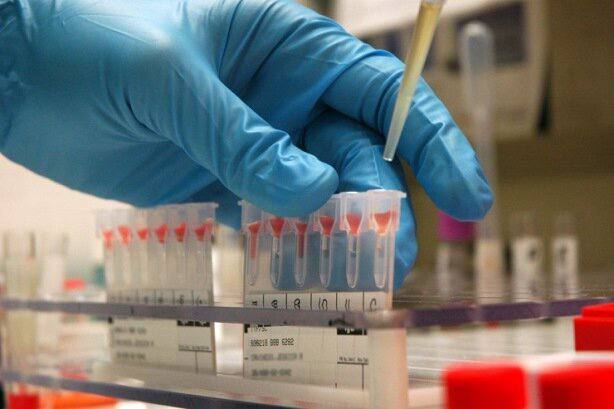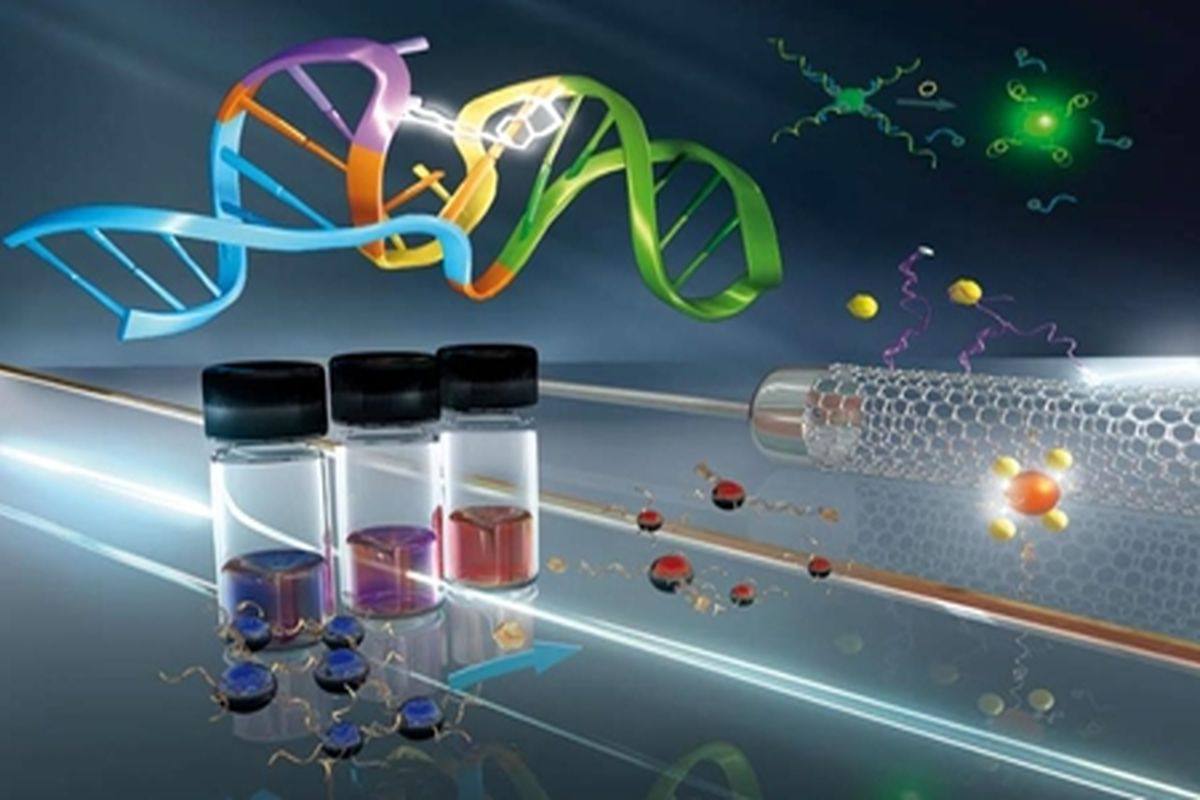Introduction
The combination of gene therapy and cell therapy are two key elements in the field of molecular medicine and novel therapies that provide the most powerful tools available to treat genetic and cellular diseases. These two technologies are used separately, but can also be combined to increase the effectiveness and precision of treatments. This article introduces, explains and reviews these two methods, along with the advantages and limitations of their use.
Combination gene therapy is an emerging technology that is used to treat genetic and hereditary diseases by inserting or modifying the human genome. This technique involves inserting or precisely changing a specific gene into target cells to improve the abnormal function of that gene or treat a disease. Examples of combining gene therapy include the treatment of genetic diseases such as hemophilia and Christer’s disease (a genetic autoimmune disease).
On the other hand, cell therapy is the injection or administration of improved cells to the patient to treat various cell-based diseases. These cells can be produced from various sources such as bone marrow, fat or stem cells and then transferred to the patient to provide regeneration and improvement of diseased tissues and functions. This treatment method can be effective for diseases such as heart diseases, chronic respiratory diseases, chronic wounds and even some neurological diseases.
The combination of these two technologies, as a combination of gene therapy and cell therapy, can provide improved therapeutic performance. For example, by introducing a specific gene into stem cells and then injecting them into the patient, it is possible to produce improved tissues that provide further therapeutic improvement. Also, the combination of these two methods can be effective in increasing the accuracy and efficiency of treatment, because this approach allows genes to be directly injected into the target cells and act without unwanted side effects on other cells.
However, using the combination of gene therapy and cell therapy also comes with challenges and limitations. Among these limitations, we can mention safety issues, clinical capabilities, and the high costs of developing and using these technologies.
As a result, the combination of gene therapy and cell therapy, by promoting and combining two powerful therapeutic technologies, as one of the effective approaches in the treatment of genetic and cellular diseases, has been able to attract the attention of many researchers.

Combination of gene therapy and cell therapy:
The combination of gene therapy and cell therapy are two advanced approaches in the field of medicine that combine to provide new solutions for the treatment of genetic diseases and other diseases. Combining gene therapy with the help of transferring or changing undesirable genes in body cells provides the possibility of treating diseases. This technology can be used as a parallel or alternative treatment in cases where conventional treatments are not effective.
On the other hand, cell therapy uses healthy cells as a treatment for diseases. These cells can be directly injected into the patient or replaced through compounds that already exist in the body, such as stem cells.
The combination of these two technologies, as a combination of gene therapy and cell therapy, provides the possibility of providing more advanced solutions for the treatment of diseases. For example, by using combination gene therapy, an undesirable gene can be modified in body cells and then these cells can be used as cell therapy to treat disease.
This combination of technologies provides many possibilities for improving and treating patients, especially in areas such as cancer, cardiovascular diseases, neurological diseases, and genetic diseases. Due to their many clinical potentials, these methods have attracted the attention of many researchers and doctors, and in the future they will probably play an important role in the treatment of various diseases.
The combination of gene therapy and cell therapy has several benefits, it allows healthy genes to be injected into diseased cells, improving the normal function of the cell and curing the disease. In addition, this combination can have fewer side effects than other treatment methods and provide more treatment options for patients.
The combination of gene therapy and cell therapy are two advanced treatment methods that have very important effects in the treatment of genetic diseases and other diseases. By combining these two methods, it is possible to improve the function of insufficient or incorrect genes or to replace diseased cells with healthy cells. These methods are used in the treatment of various diseases such as cancer, heart diseases, neurological diseases, and genetic diseases and can significantly improve the quality of life of patients for a long time.

The future of medicine in the hands of science with the combination of gene therapy and cell therapy:
The future of medicine is really hopeful for scientific achievements such as the combination of gene therapy and cell therapy. This combination can help improve the treatment of many diseases, including genetic diseases, cancer, cardiovascular diseases, neurological diseases, etc. By carefully combining therapeutic genes with therapeutic cells, it is possible to obtain the way the cells of the human body function and use them to treat diseases through genetic changes and cell modification. These approaches can effectively provide personalized treatments and help improve people’s health and quality of life.
Conclusion:
The future of medicine is really hopeful for scientific achievements such as the combination of gene therapy and cell therapy. This combination can help improve the treatment of many diseases, including genetic diseases, cancer, cardiovascular diseases, neurological diseases, etc. By carefully combining therapeutic genes with therapeutic cells, it is possible to obtain the way the cells of the human body function and use them to treat diseases through genetic changes and cell modification. These approaches can effectively provide personalized treatments and help improve people’s health and quality of life.




No comments